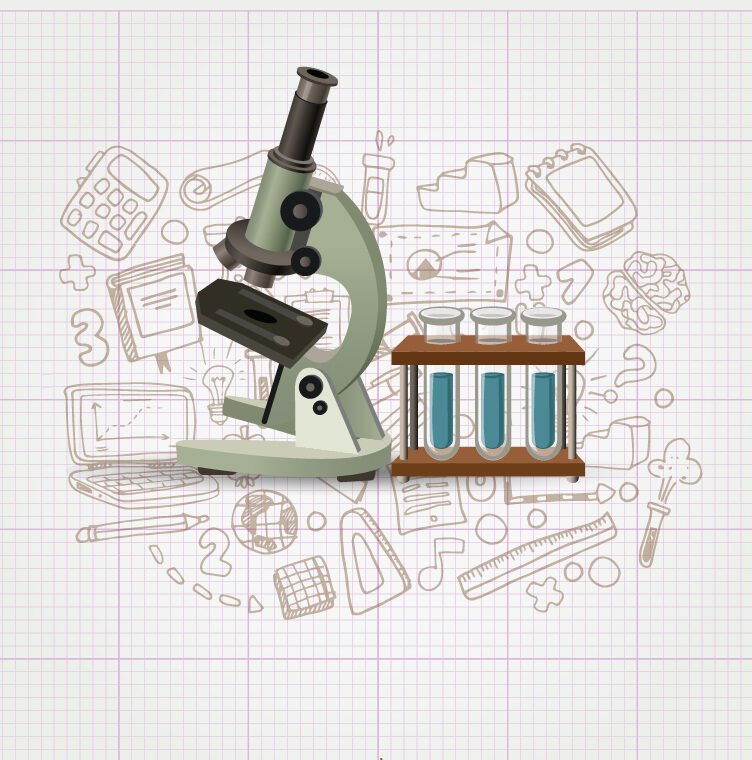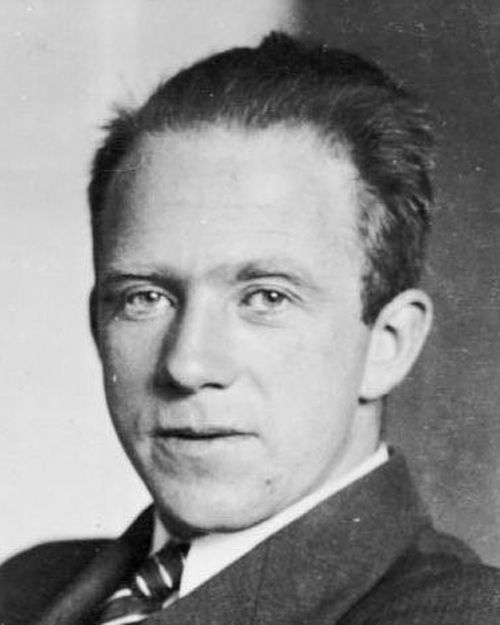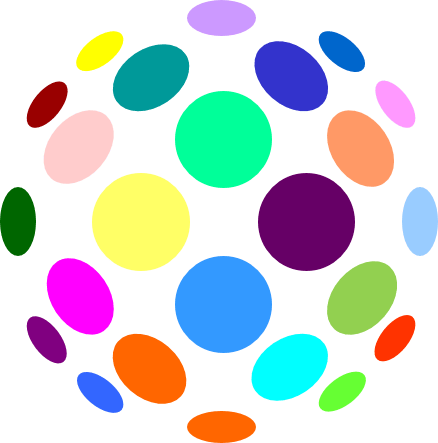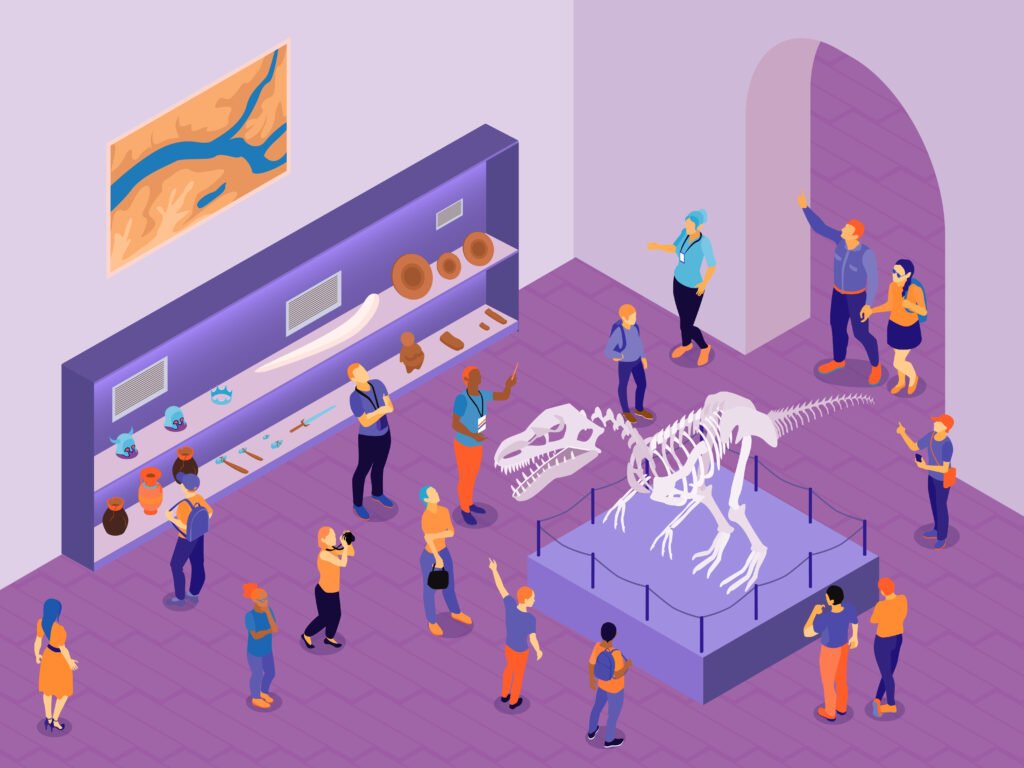The online theory of general relativity simulations on this page allow us to explore how gravity curves space-time and affects the movement of light and celestial bodies. We will discover phenomena like gravitational lenses and the distortion of trajectories, providing a solid foundation for understanding the general theory of relativity and its applications in astronomy, cosmology, and advanced technology.
Is the general theory of relativity
The general theory of relativity, proposed by Albert Einstein in 1915, extends special relativity to include gravity. According to this theory, gravity is not a force acting at a distance, but the result of the curvature of space-time caused by mass and energy. This new approach explains phenomena that classical physics could not describe, such as the bending of light or the anomalous motion of planets and became the foundation of modern cosmology.
Fundamental principles of the general theory of relativity
The general theory of relativity is based on a central idea: gravity is not a force in the classical sense, but the result of the curvature of space-time caused by the presence of mass and energy. Einstein formulated the theory in two key ideas: the equivalence principle and the curvature of space-time.
Equivalence principle
The equivalence principle states that the effects of gravity are indistinguishable from those of acceleration. In other words, a person inside a closed elevator cannot tell whether they are feeling their weight due to Earth’s gravity or due to constant acceleration.
In classical mechanics from Galileo and Newton, it was known that all bodies fall with the same acceleration in a vacuum, suggesting that gravitational mass and inertial mass are equivalent. However, this equivalence was only empirical: it was not understood why it had to hold. Einstein gave this fact a new interpretation. He proposed that there is no physical difference between a uniform gravitational field and an accelerated reference system.
Curvature of space-time
The curvature of space-time explains gravity as a geometric manifestation: bodies with mass deform the fabric of space and time, and that curvature determines the path of objects and light. The greater the mass, the greater the distortion of space-time.
Consequently, an observer in free fall does not feel gravity because they move along with the curvature of space-time. This principle led to a geometric description of gravity, where bodies follow paths determined by the very shape of space-time.
Gravitational field and geodesics
As a consequence of the curvature of space-time caused by the presence of mass and energy, objects in motion follow paths called geodesics, which are the “straightest” possible lines within that curved space-time. For example, the orbit of a planet around a star follows a geodesic curve created by the mass of the star. Similarly, light also bends when passing near massive objects, following geodesics that are not straight lines in the classical sense.
Experimental evidence and observations
The general theory of relativity has been verified through observations and experiments. From the deflection of light passing near massive objects to the formation of gravitational lenses and the expansion of the universe, the evidence shows how the curvature of space-time influences matter and light.
Bending of light by gravity
When a beam of light passes near an object with large mass, such as a star or a planet, its trajectory bends due to the curvature of space-time. This phenomenon, predicted by Einstein and confirmed during the 1919 solar eclipse, shows that light does not travel in a straight line in the presence of strong gravitational fields. Simulations make it possible to visualize how light bends according to the mass and distance of the central object, making it easier to understand this fundamental effect of general relativity.
Gravitational lenses
A gravitational lens occurs when a massive object, such as a galaxy or a cluster of galaxies, curves the light coming from a distant object located behind it. This causes multiple images, rings, or luminous arcs of the background object to be seen. This effect not only confirms general relativity, but also enables the study of mass distribution in the universe.
Expansion of the universe and verified predictions
General relativity provides the theoretical framework to understand the expansion of the universe, the behavior of galaxies, and cosmological evolution. Predictions such as the existence of black holes, gravitational waves, and the redshift of light have been verified through astronomical observations and modern experiments.
Representation of space-time
This section describes how the curvature of space-time and the effects of gravitational fields can be visualized through graphic models. The concept of space-time geometry is introduced, and it is explained how masses influence its structure, providing a visual basis for understanding general relativity.
Curvature of space-time in graphic models
The curvature of space-time is represented using diagrams and three-dimensional models that show how massive objects deform the space around them. This representation helps to understand phenomena such as the bending of light and the orbit of planets.
Visualization of gravitational fields
Gravitational fields can be illustrated with lines of force and curved surfaces that indicate the direction and magnitude of gravity in different regions of space. These visualizations make it possible to understand how objects follow trajectories determined by the geometry of space-time.
Applications of the general theory of relativity
The general theory of relativity has numerous applications in both technology and astronomy and cosmology. Global positioning systems (GPS) require relativistic corrections to maintain their accuracy. The observation of black holes and the detection of gravitational waves are directly based on its predictions. In addition, its principles allow us to understand large-scale phenomena such as the expansion of the universe, the influence of dark energy, and the evolution of time in different gravitational environments.
Explore the exciting STEM world with our free, online simulations and accompanying companion courses! With them you'll be able to experience and learn hands-on. Take this opportunity to immerse yourself in virtual experiences while advancing your education - awaken your scientific curiosity and discover all that the STEM world has to offer!
General theory of relativity simulations
- Gravity
- Lenses
Relativity of gravity
This simulation represents the influence of gravity on space-time and objects moving within it. We can experiment with masses of different sizes, observe how trajectories are deformed, and visually understand key concepts such as the curvature of space-time and gravitational interaction according to Einstein’s theory.
Gravitational lenses
This simulation allows us to explore how the gravity of massive objects can bend the light from distant stars and galaxies, creating gravitational lensing effects. We can visualize different scenarios, understand the curvature of space-time, and observe how this phenomenon confirms the predictions of general relativity.
Giants of science
“If I have seen further, it is by standing on the shoulders of giants”
Isaac Newton

Max Karl Ernst Ludwig Planck
–

Dmitri Skobeltsyn
–
Become a giant


Quantum Mechanics of Molecular Structures

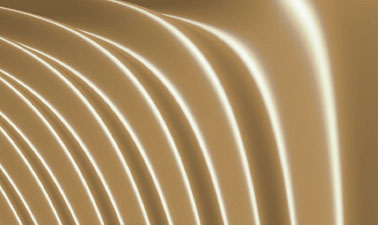

Quantum Mechanics for Scientists and Engineers 2



Quantum Mechanics for Scientists and Engineers 1

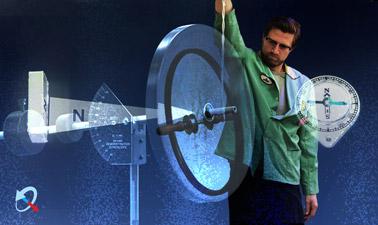

Quantum Mechanics for Everyone



Pre-University Physics



AP® Physics 1 – Part 2: Rotational Motion



The Basics of Transport Phenomena



Circuits for Beginners


